Paris, France. Team of mobile.bg from the venue.
This year the R5 turns 50 years old, and for the event the French organized a very interesting test drive. We took a short trip with the iconic little Frenchman, in an example from the first year of production, which had a mileage of only 2,000 kilometers.
1972 was an exceptional year for Renault. And this is because it was then that one of the brand’s bestsellers, known to us as R5 or in the colloquial language of Bulgarians, simply as Renault 5, appeared in the world.
Cars of this model, but produced in its later years (the model was produced from 1972 to 1996) still drive on the native roads, but we had the pleasure of driving one of the examples, produced precisely in the distant year 1972.
The experience was great, it evokes nostalgia for a bygone era and clearly shows us how much cars have changed in half a century. So our car was parked in a sunny parking lot somewhere near Paris in July and its plastic seats were the temperature of a hot stove.
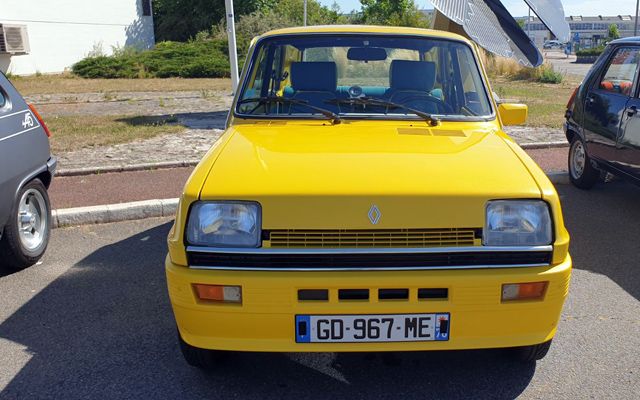 –
–
Shortly after, we realized that there is no air conditioning in this car, but the euphoria was great and after a short briefing we were already on our way – in an R5 with three doors. We should clarify that the first versions of the R5 were only three doors. Renault launched the five-door version of the R5 in October 1979.
Initially, the R5 was offered only as a three-door hatchback, and despite all the prophecies of the specialists at the time about the demise of the model due to the lack of rear doors, it quickly became a hit on the market. The five-door version appeared seven years later, and technically, the integration of the additional doors was not a problem.
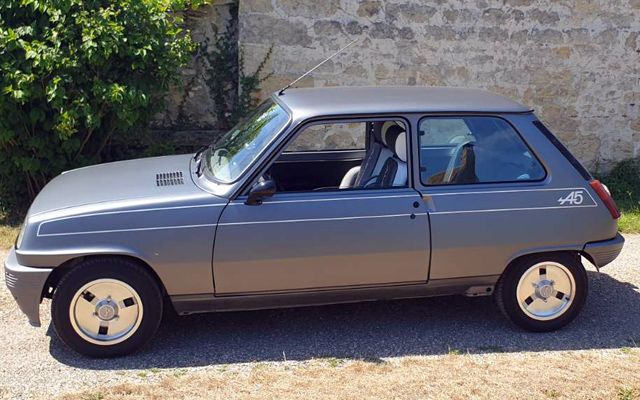 –
–
What immediately struck us when we drove this little car from the past is the fantastic panorama. Well, the passenger’s side mirror is missing, the driver’s side is tiny, and the center one doesn’t offer much rearward visibility. But just one look back and we understand how far the dimensions of the car go.
The seats of some of the specimens provided to us were without headrests, the backrests are quite low, and the space in the back, although not large, is enough for two people. The engine, a 1.3-liter four-cylinder, produces a modest 45 hp by today’s standards. This is not much, but on the other hand, only 775 kg, which is the weight of the car, must be driven.
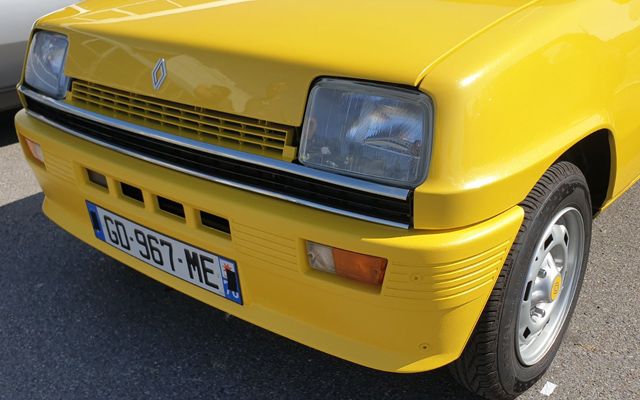 –
–
Three of us drive and the little Renault doesn’t seem overwhelmed on the intercity roads around Paris. The maximum speed according to the catalog is 137 km/h, but in practice the optimal speed of this car was 80 km/h. It’s true that the R5 requires more steering effort when driving straight than a modern car on a twisty road.
And the brake pedal is hard and you have the feeling that the car is not stopping. The gear lever, coming out of the instrument panel and curved upwards, makes changing gears quite a difficult task. And yet the pleasure of driving such a car was great.
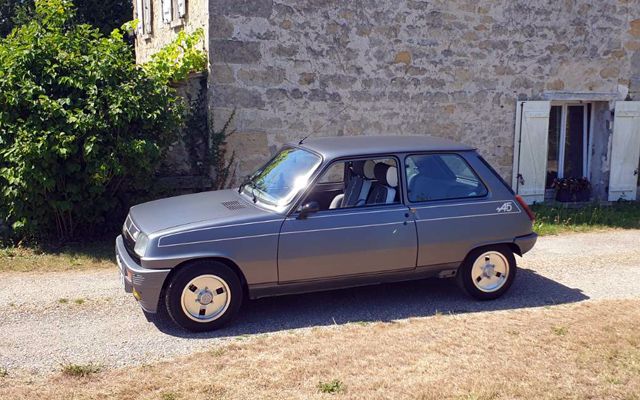 –
–
And what about security? Seat belts are available in the car, but they are of the old type – without spring tension and nothing else. And only for the driver and the passenger next to him. The bike is so compact that there is also room for the spare wheel in the front of the engine compartment. So you have more luggage space in the back, although the cargo volume corresponds to the capacity of a shopping trolley.
Pedals that are so close together take some time for a modern driver to get used to, especially the gas and brake pedals. Perhaps because the R5 was originally intended for a mostly female customer and it was thought that ladies’ delicate legs would have no problem handling it. In fact, statistics show that during the many years of Renault R5 production, only a third of customers were women.
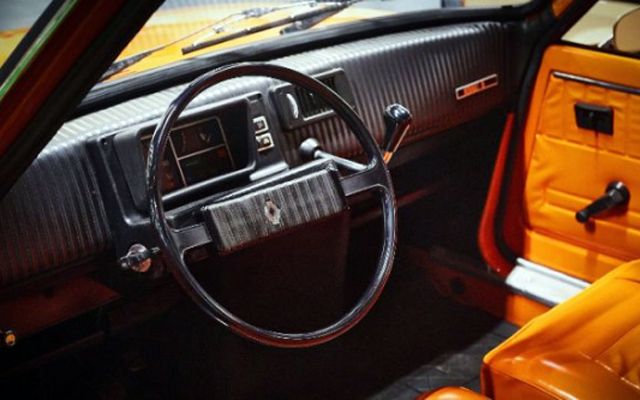 –
–
But let’s not deviate from the topic. Shifting gears is done with the help of a four-speed gearbox, and a maximally simplified dashboard does not even offer a place for small gadgets, such as a smartphone and the like, but hardly anyone in the early 70s thought about such things.
The rudimentary instruments are nice, but the infotainment only works organically (meaning you can’t avoid talking to your passengers) because our car didn’t have a radio installed. However, at that time (a little later after the appearance of the R5) it was possible to listen to the Walkman instead of the radio. Sony launched it in 1979, when the five-door version of the R5 also appeared. And now Renault, in honor of the anniversary of the R5 presented an advertising branded Walkman with the emblem of the Directorate.
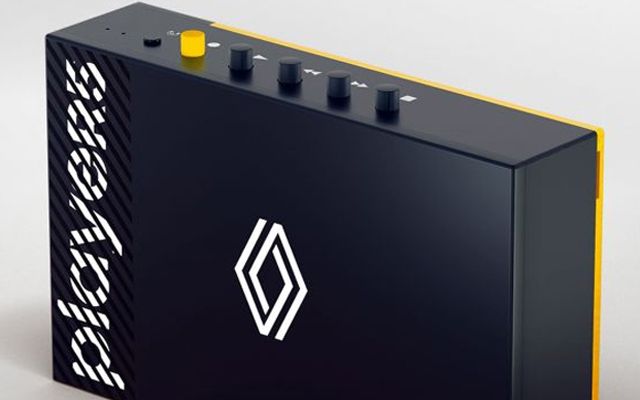 –
–
We could tell you a lot more about our experience with the iconic, almost brand new Renault 5, produced 50 years ago, but what exactly was the idea of the French? With this non-standard test, they make a smooth transition from the naughty and rebellious Renault R5 of the last century, to an all-new electric model that will appear in series production soon.
In fact, the “five” we drive is the prototype of the new electric car. It is this symbolic and insightful image that Nicolas Jardin is trying to recreate with the new prototype Renault 5. And very soon we will also witness the serial version, which will remind us of the unique design of the past, but at the same time will save us from the aforementioned difficulties in driving time. In other words, a modern electric car with a retro look awaits us – a car that should appeal to many.
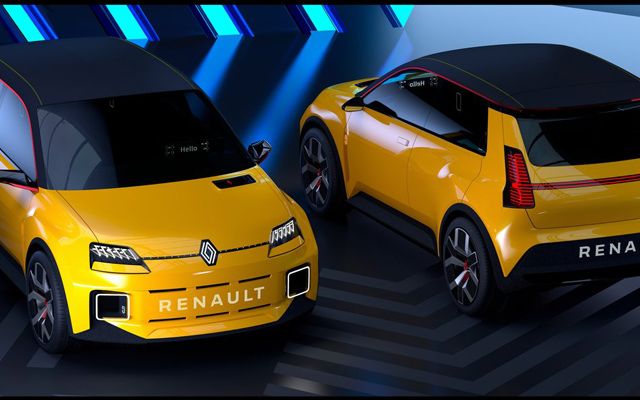 –
–
Place a rating:
☆
☆
☆
☆
☆
–
4.6
Assessment 4.6 from 18 voice.
–
– –


